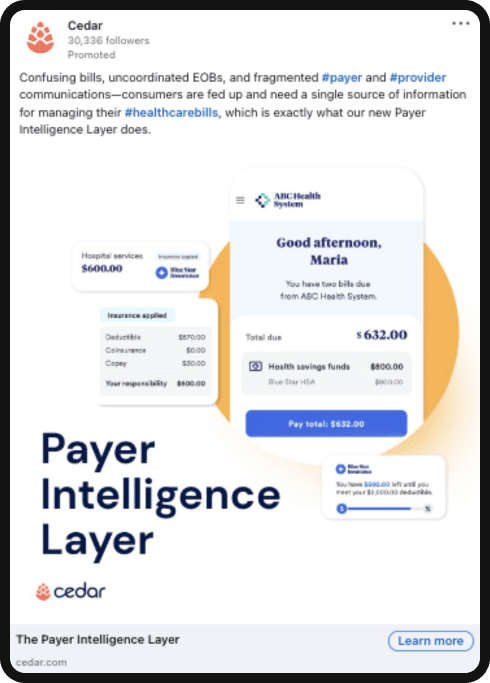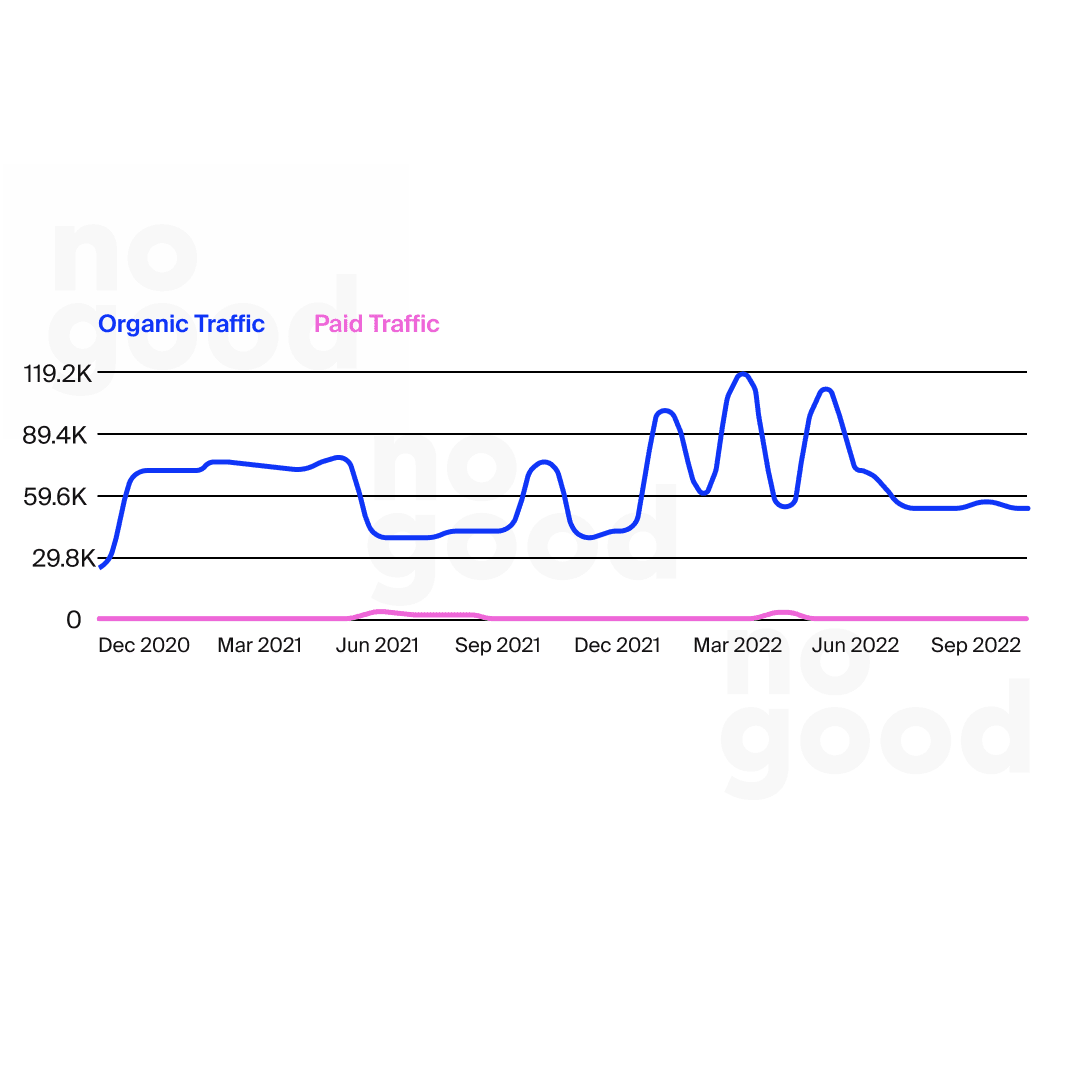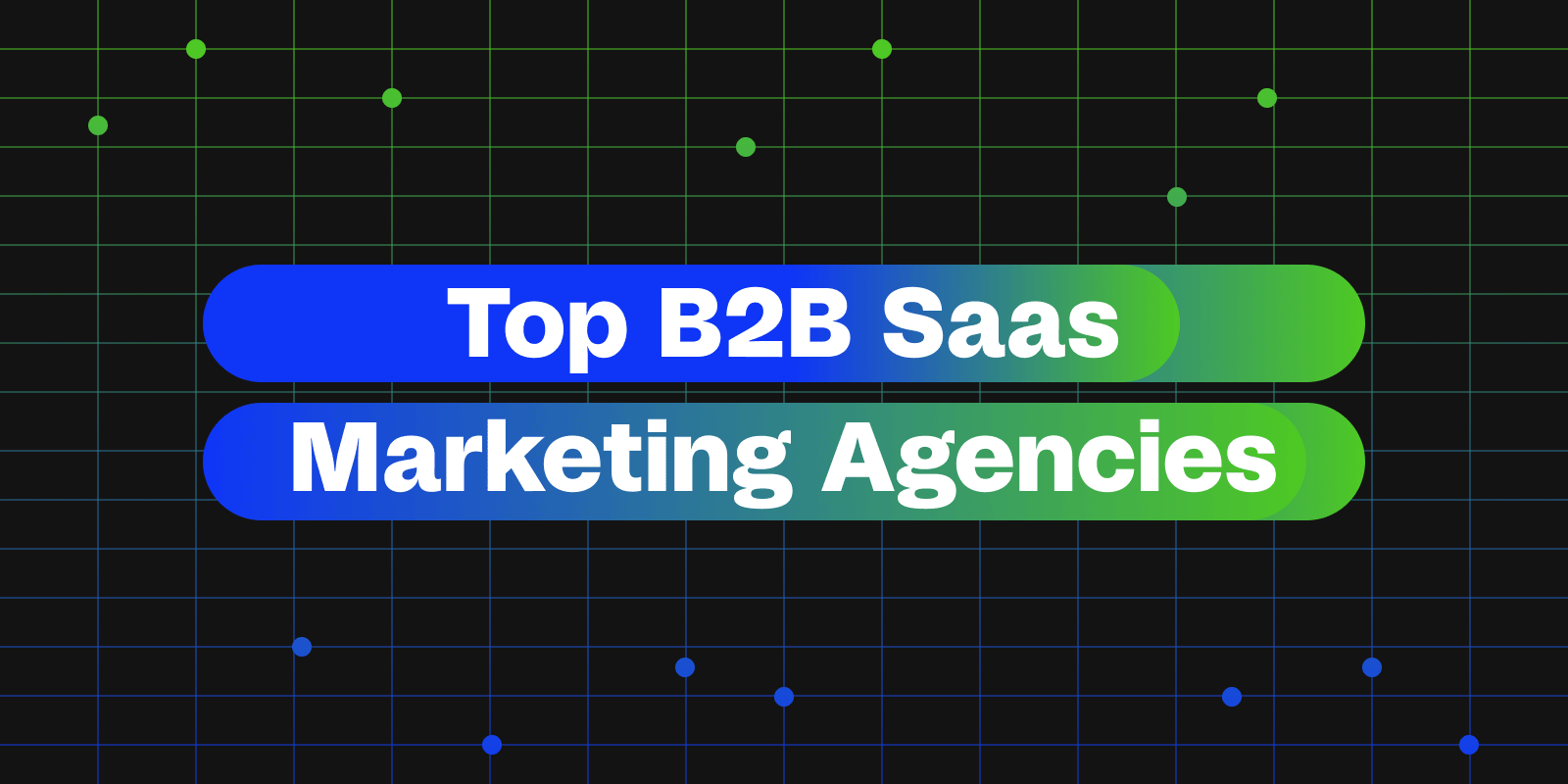According to a new report from Grand View Research, Inc. the U.S. value-based healthcare services market is expected to reach $6.16 trillion by 2030. From 2022 to 2030, the market is expected to grow at a CAGR of 7.5%. The key growth drivers for the industry are increasing adoption of value-based care beyond primary care, rise in healthcare spending as a percentage of GDP, and continued growth of home-based and virtual models.
The dynamic evolution of life has inevitably impacted healthcare systems, resulting in significant changes and making healthcare marketing an essential component of healthcare brands. Healthcare is a field that is constantly evolving, offering a wealth of opportunities that will inspire creativity and enthusiasm and benefit professionals in the field.
Because the philosophy and marketing techniques used in other fields are not applicable to healthcare services, healthcare requires its own approach and specifics not found in other industries. An effective marketing strategy includes a thorough study of patient needs, identification of latent needs, and provision of new healthcare services that have not been specifically requested by patients.
What Is Healthcare Marketing?
Healthcare marketing refers to the tools and tactics you use to increase awareness of your services, attract patients or providers, and build brand loyalty. Healthcare marketing encompasses many different strategies, from simple brochures, to websites, to email marketing programs, with the common goal of attracting customers so you can be the one to guide them through their healthcare needs and retain them.
Driving customer engagement and accelerating business growth requires sophisticated omnichannel healthcare marketing strategies and tactics that are highly segmented and targeted online and offline. The success of health systems’ marketing efforts is measured by specific metrics aligned with key performance indicators (KPIs) and/or marketing return on investment (ROI).
To understand the impact of marketing strategies on the quality of healthcare services, one must first understand today’s medical consumer who prefers to search for medical information online where they can also find a wealth of healthcare services, healthcare providers, reviews from patients who have contacted the provider, and more.
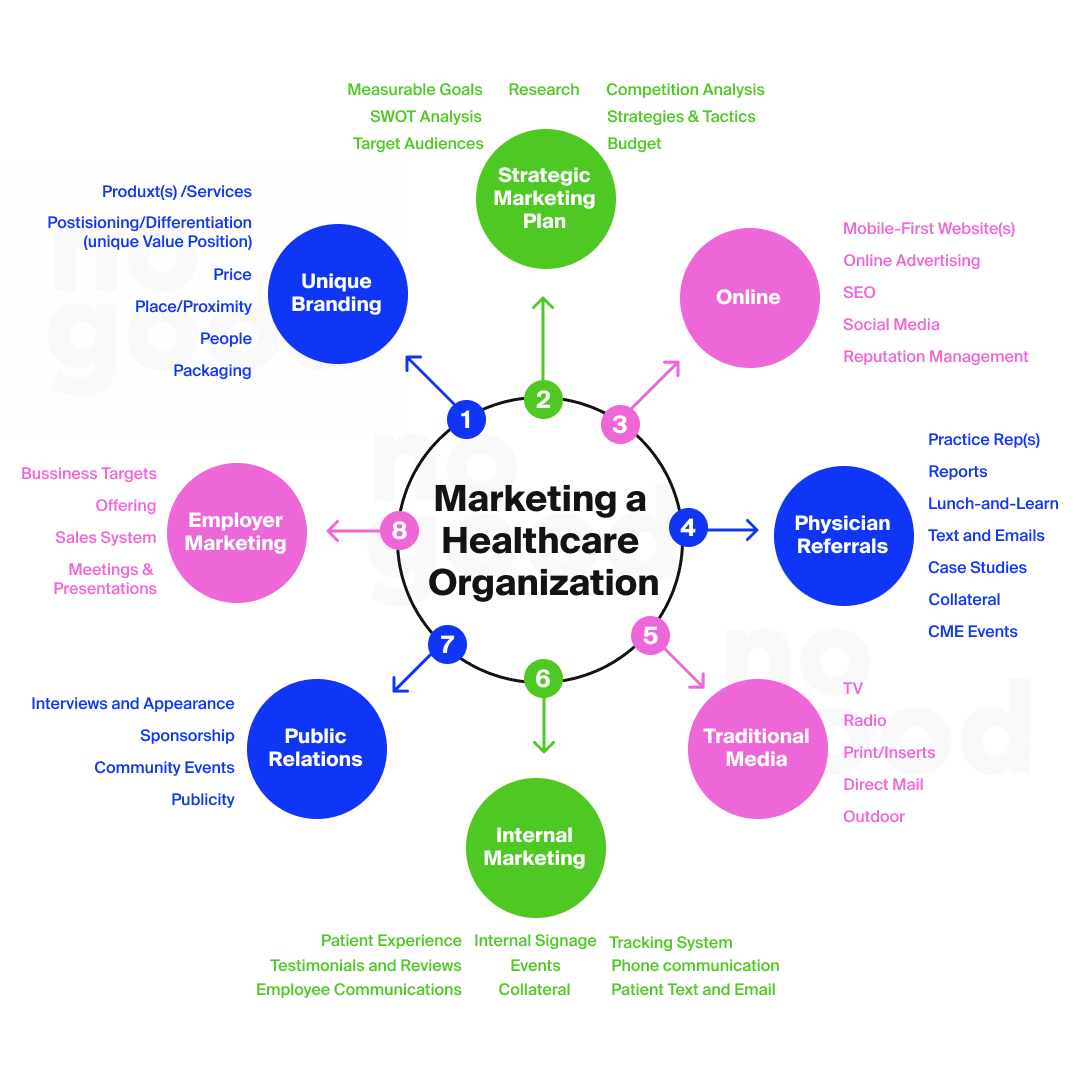
4 Ps of Healthcare Marketing
Both increased competition and advanced technologies have complicated the healthcare landscape. Thanks to advances from MRI imaging to genetic testing, patients now have more options than ever. Small healthcare companies must find ways to stand out from their competitors and educate consumers on how to provide the best possible patient experience. When developing a marketing strategy, focus on the “4Ps”: Price, Placement, Product and Promotion.
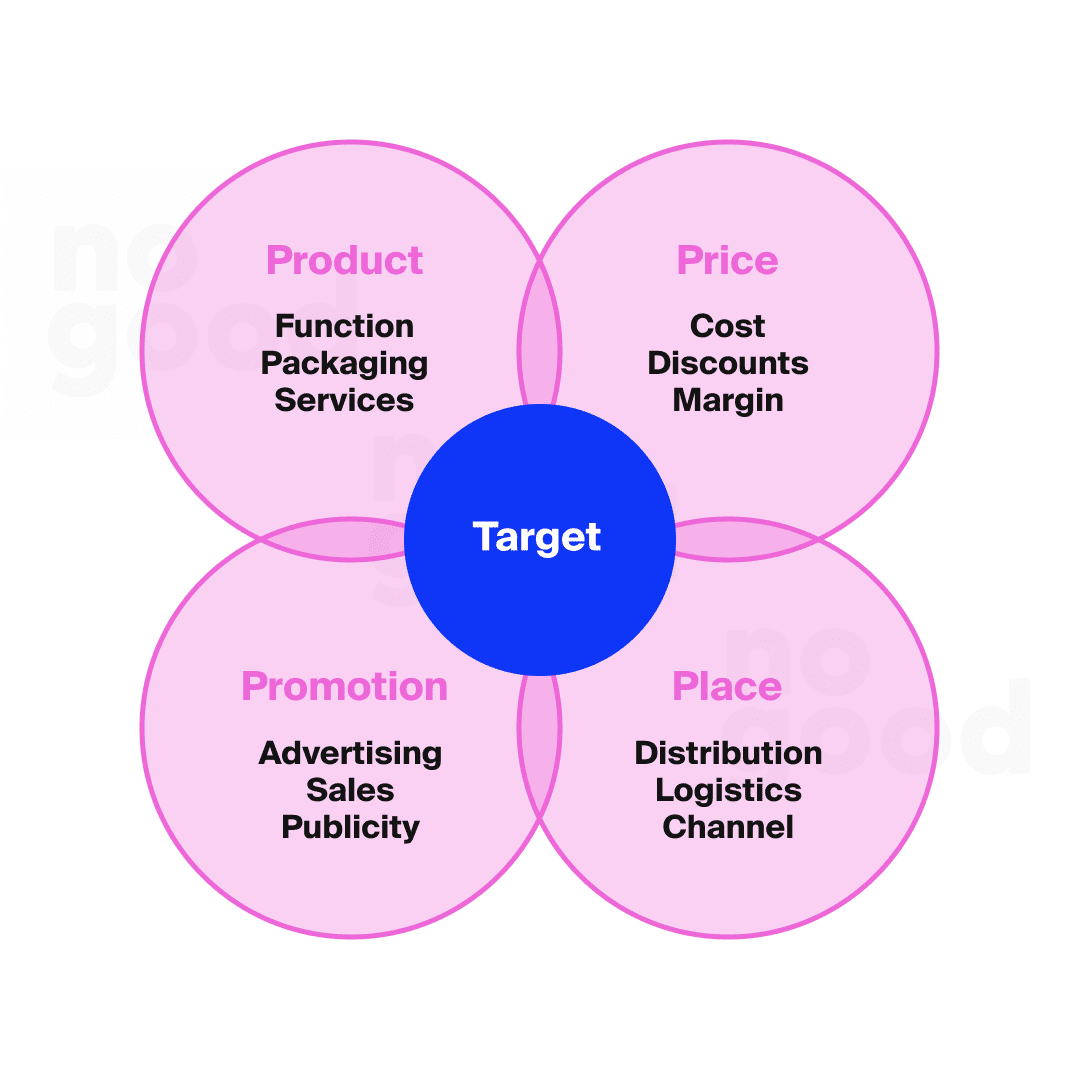
Price
Given the high cost of healthcare in the United States, price is one of the primary concerns of potential patients, especially those who do not have comprehensive health insurance coverage. Companies should exhaust all options to provide the best care at the lowest possible cost. For healthcare providers, an example may be offering simple tests such as blood pressure, cholesterol, and HIV tests for free or at a discounted price to increase patient awareness of their services.
Placement
To be effective, essential services must be made available to patients regardless of cost. Patients are at risk when services are only available in places or at times that are inaccessible to them, and providers miss the opportunity to treat them. To improve access to health care services and differentiate themselves from the competition, providers can seek new locations, expand hours, offer walk-in consultations or same-day appointments, and reach out to local communities.
Product
Companies must also provide customers with products and services that improve their quality of life. Examples of such products include medications, test kits, orthopedic devices, and on-demand “concierge” services. Companies must also determine which products and services are best suited to each client’s needs. As an example, providers must determine not only whether the patient needs pain medication, but also what other products can help the patient manage pain.
Promotion
Advertising the organization’s products or services is the most important aspect of the marketing mix, but it is often overlooked. Many larger providers, such as large hospital chains or pharmaceutical manufacturers, advertise their services in the mass media. Smaller providers advertise their services to the general public.
For example, Carilion Clinic of Virginia’s Roanoke Valley launched the “YESMAMM” campaign several years ago to raise awareness about breast cancer and the importance of early detection. That campaign used the hashtag #YESMAMM on Twitter to answer common questions about breast cancer. The campaign also drove more traffic to the company’s website and encouraged women to book an appointment at one of the company’s screening centers. The #YESMAMM campaign is an excellent example of healthcare marketing through promotion.
Why Is Healthcare Marketing Difficult?
The three main barriers to successful healthcare marketing are departmental silos, outdated tactics and technologies, and insufficient budgets. Departmental silos prevent healthcare marketers from providing patients with the unified communication flow required to meet healthcare reform’s quality and cost requirements. To remain competitive in the years ahead, healthcare marketers must evolve with today’s fast-paced digital world and embrace newer digital channels. Furthermore, budget constraints frequently stymie healthcare marketers.
According to MarCom benchmarking, total budgets for marketing and communications vary depending on the type and size of systems and the scope of work. For example, some budgets cover physician relations and internal communications, while others don’t. Spending ranges from $2 million to $82 million. The average is $15.7 million, or 0.7% of net patient revenue. Healthcare marketers must find innovative ways to stay competitive with their allocated spend and make the most of their modest budgets.
Why Is Healthcare Marketing Important?
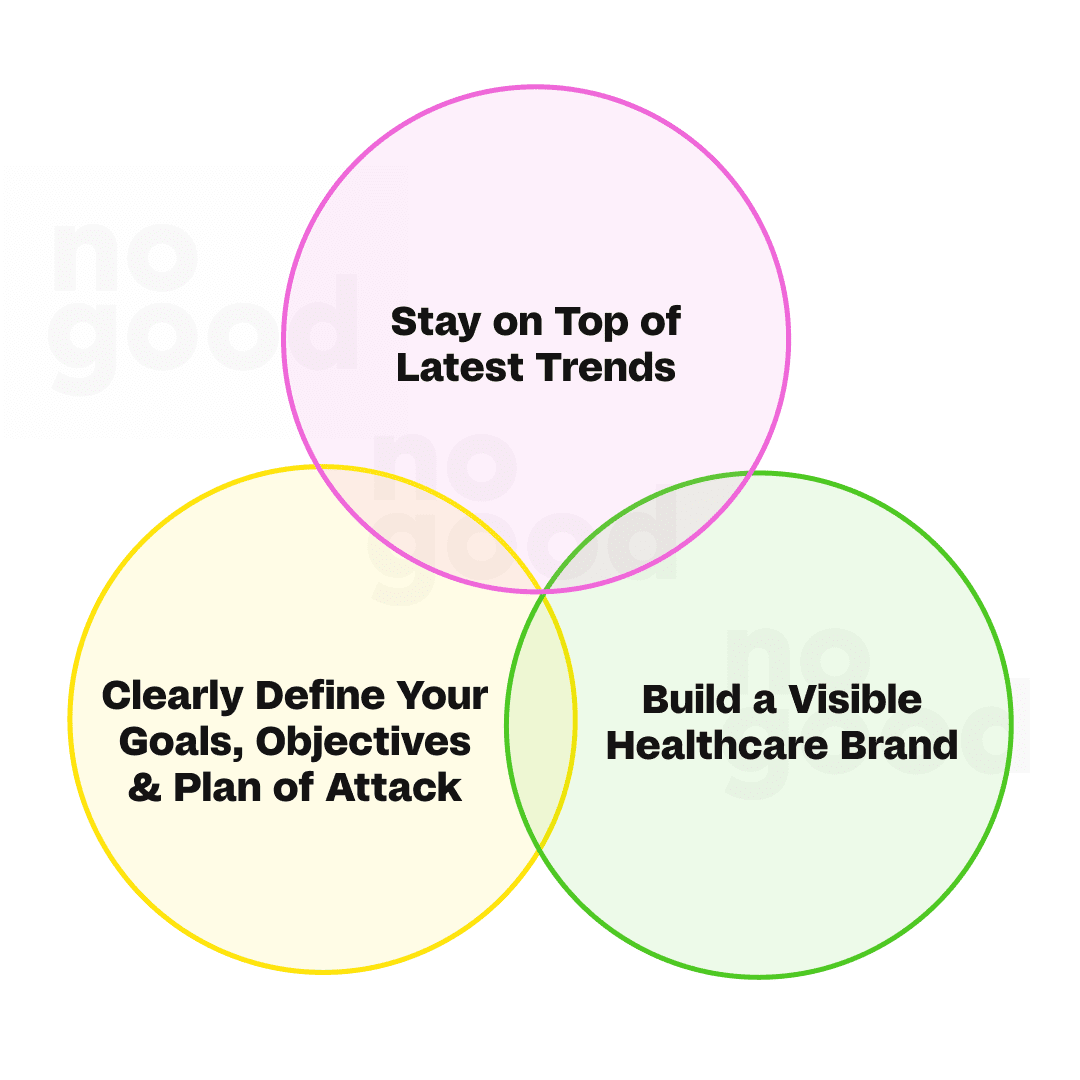
As healthcare evolves, consumers are more actively involved in their healthcare than ever before, making important decisions they once would have left to a doctor. Internet research is on the rise, “Dr. Google” is gaining authority, and consumers are even comparing prices and testimonials before choosing a healthcare provider.
Furthermore, consumers are looking for nontraditional ways of treatment before visiting their primary care physician. Millennials and Generation Z in the United States are dissatisfied with the status quo in healthcare, according to an Accenture survey, paving the way for non-traditional models of care such as retail clinics, virtual and digital services.
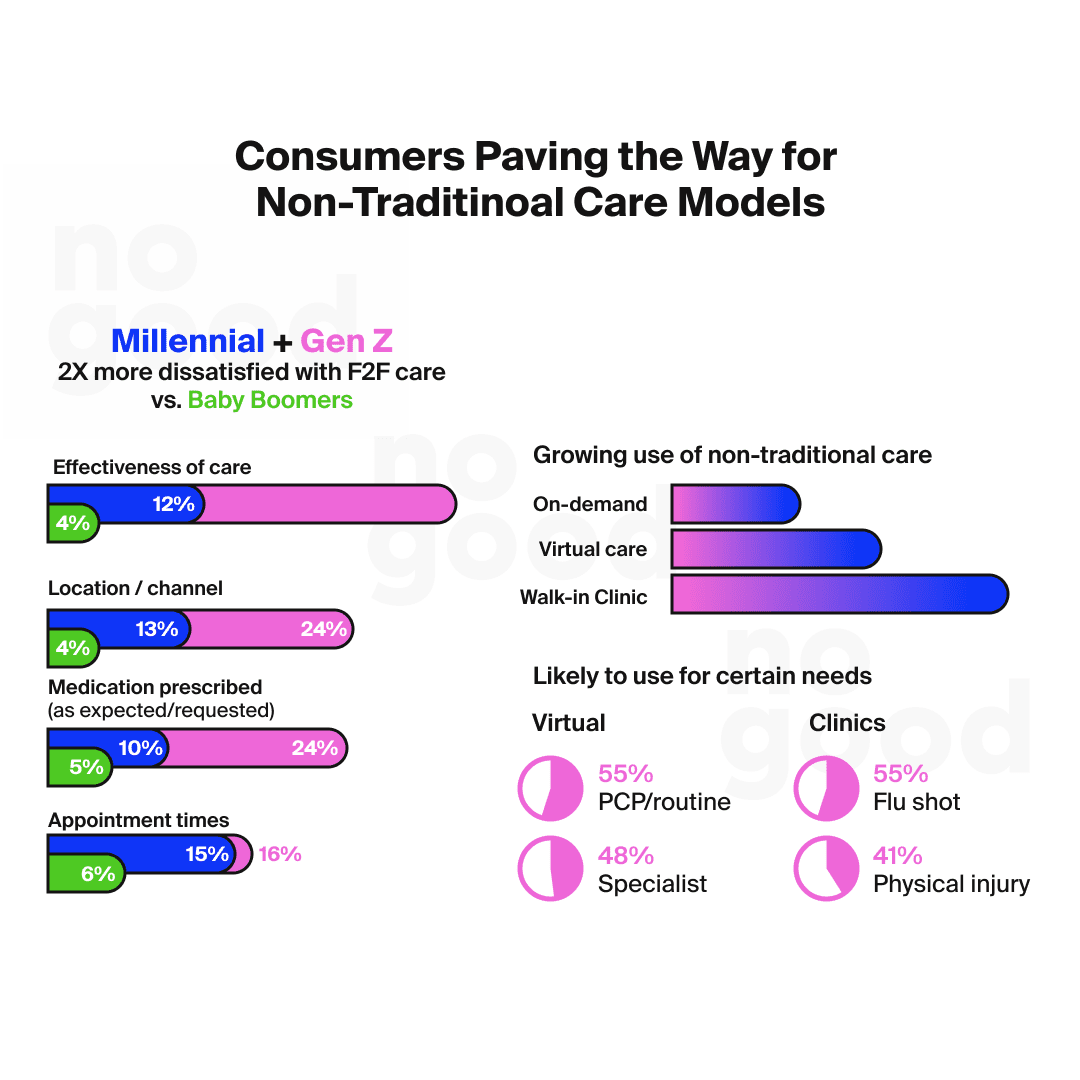
Changing consumer behavior is a major contributor to marketing’s growing importance. An effective marketing message must convey that the goal is no longer to provide high-quality care, but rather convenient, accessible, digitally integrated services that fit into consumers’ hectic schedules. As a result, healthcare marketers who understand communication and channel strategies are more important than ever.
Healthcare marketing contributes to this shift toward consumer-centric care by educating patients, engaging them in healthcare systems, and providing them with the superior customer service and retention opportunities needed to maintain patient loyalty.
In summary, here are some of the key benefits of healthcare marketing:
- Increase competitive advantage.
- Boost visibility.
- Establish a solid reputation with patients.
- Identify consumer needs and expectations.
- It is important to understand how patients perceive the quality and outcomes of their experience at the medical organization, provide patients with memorable experiences and, of course, build a strong, effective and dominant brand in the healthcare services market.
Top 5 Startups Setting the Standards for Healthcare Growth Marketing
- Spring Health
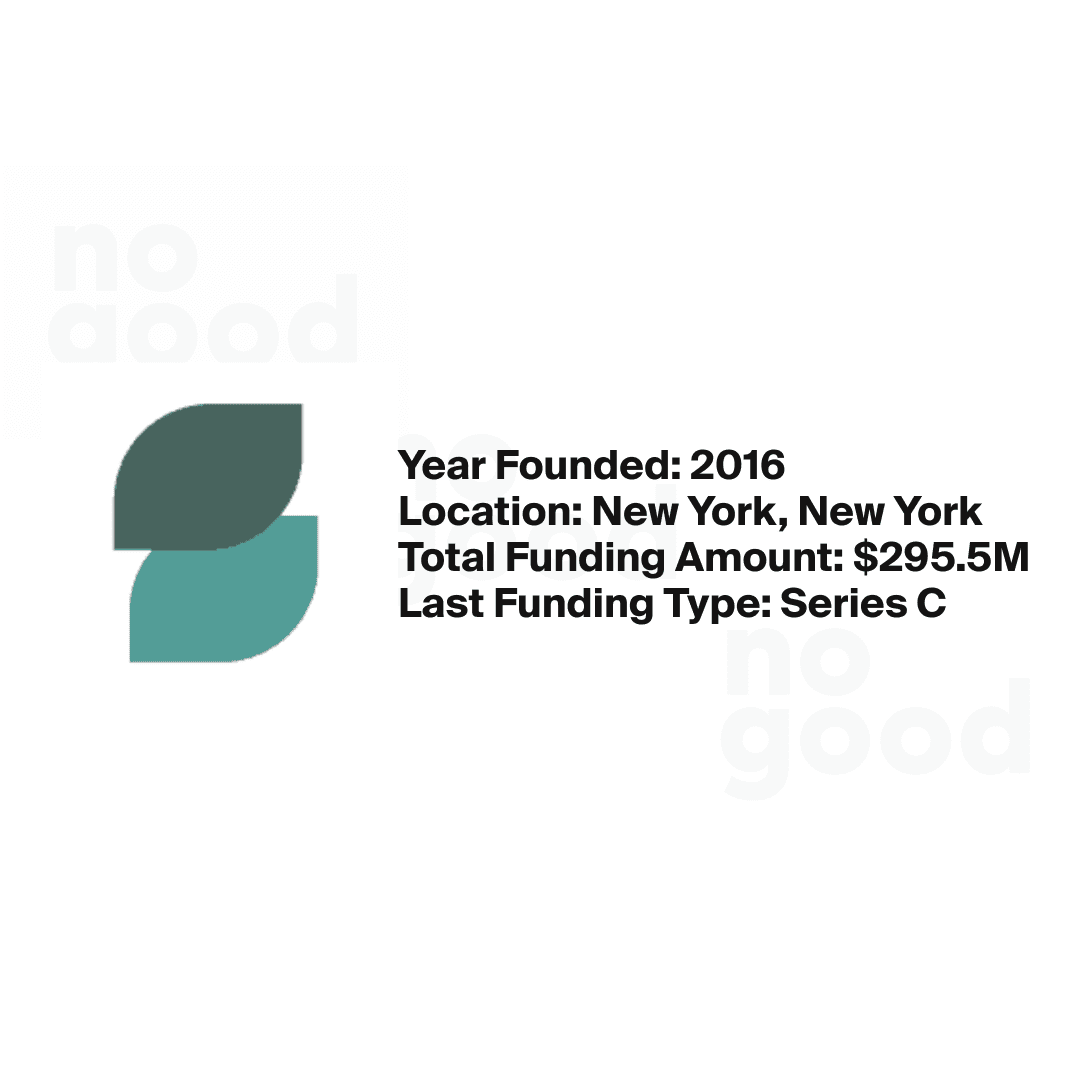
Spring Health is a global leader in family mental health, working with PepsiCo, General Mills, Bain and Instacart. Mindfulness and meditation, care navigation, coaching, therapy and medication management are part of its comprehensive mental health and wellness solution. To help employers provide personalized mental health services to their employees, the company combines machine learning with clinician expertise. The company has a team of scientific advisors guiding its treatment approach and has published more than 30 peer-reviewed articles in medical journals on its treatment methods and outcomes.
In terms of employee engagement and diversity, Spring Health regularly outperforms the tech industry average. Spring Health relaunched its employee mental health program, Spring Internal, in 2022. This was in response to employee feedback on specific actions Spring Health could take to become the world’s healthiest mental health company.
“We are growing much faster compared to most startups,” says April Koh, Spring Health’s CEO and co-founder. “That means we face the relatively unique challenge of building our infrastructure as quickly as possible with scalability, efficiency and profitability in mind, while making sure our employees grow with us.”
2-Year Search Growth: +459%
% of Branded Traffic: 87%
% of Non-Branded Traffic: 13%
Mission Statement: Eliminate every barrier to mental health
Value Proposition: Spring Health equips employers and health insurers across the globe to provide quality and diverse mental health support to employees and their families.
Website: The website contains a lot of information about providers and patients. Spring Health is relatively unique when it comes to content marketing, as they place a lot of emphasis on educating their website visitors through various types of resources.
Audience: Business-to-Business & Business-to-Consumer
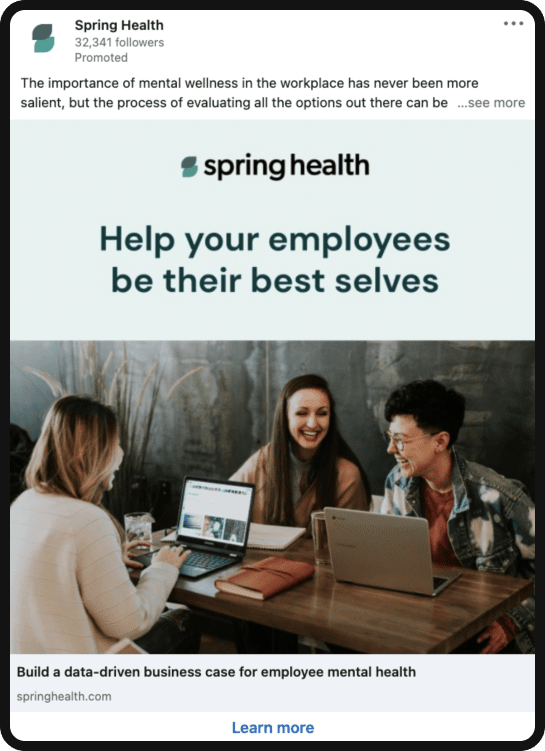
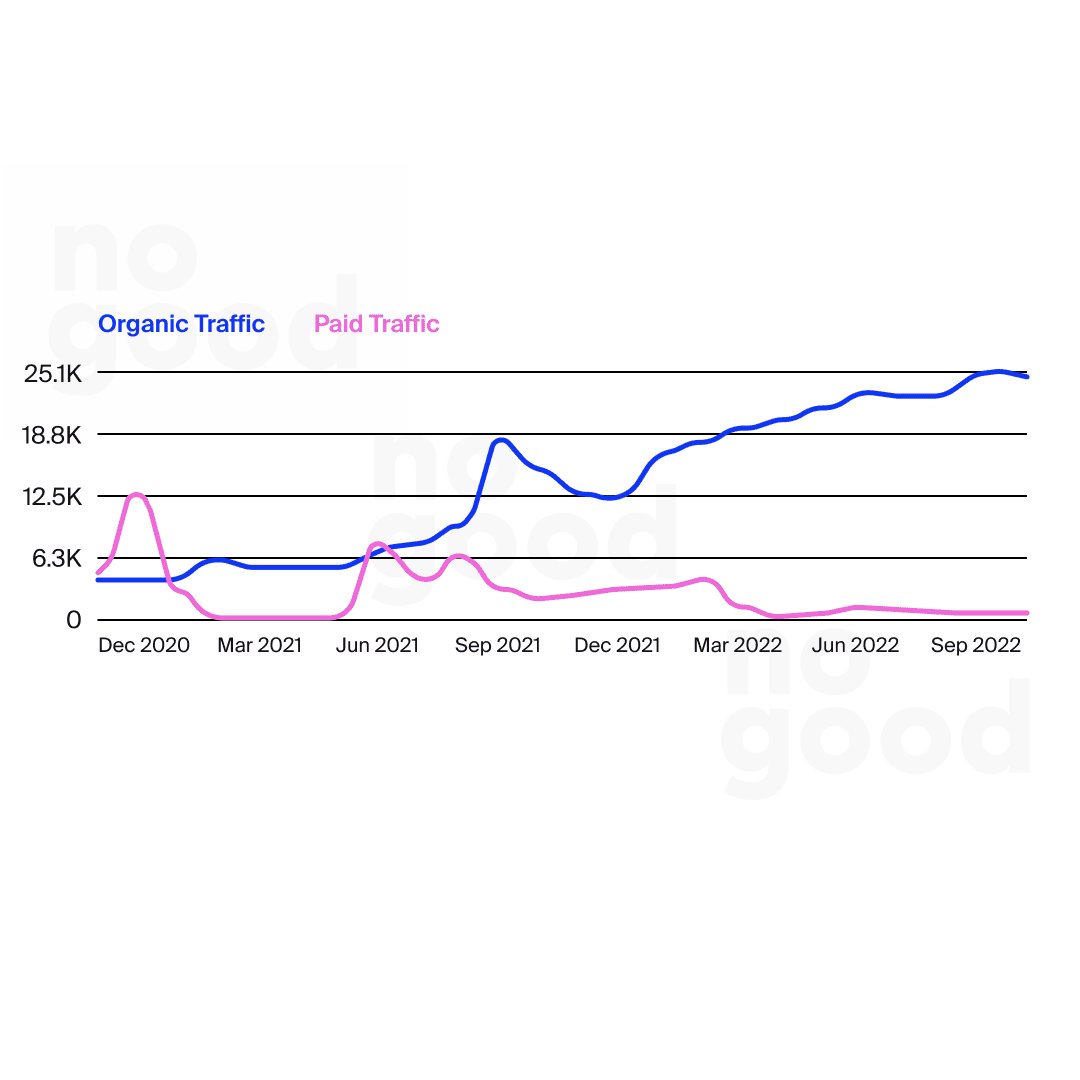
What are they doing well?
Spring Health, the most comprehensive global mental health solution for employers and health plans, recently launched Compass by Spring Health, a transformative platform designed by therapists and other care team members to make accurate, high-quality care decisions for more patients while reducing friction and bureaucracy. Unlike traditional transaction-based electronic health records that focus on billing for a single appointment, Compass enables mental health providers and Spring Health Care Navigators to collaborate in real time to track a patient’s outcomes over time.
Product expansion is about finding new products and services that meet customer needs while driving market growth. Working with customers, suppliers and distributors to establish product specifics should be part of the product development strategy. New product introductions may require developing an entirely new brand for a product line or integrating existing brands with other lines into a single, cohesive corporate image. This approach requires extensive planning and coordination across a variety of organizational functions.
As quality improves, so does the company’s relationship with its customers. A willingness to grow shows that you care about more than just making money. Your brand will become stronger and more relatable, and you will discover new ways to enter new markets and reach new audiences.
2. Hinge Health
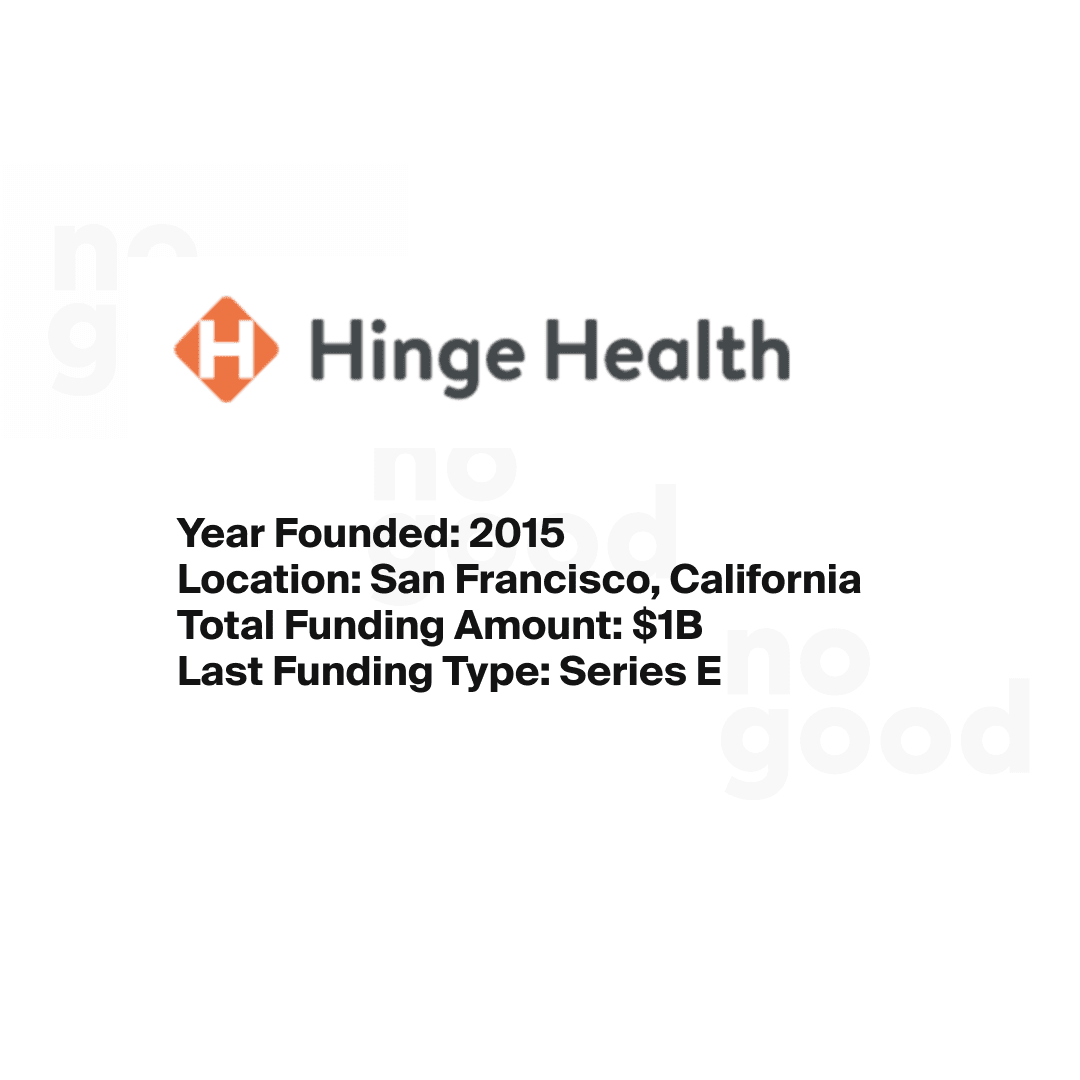
Hinge Health is building the most patient-centric Digital Musculoskeletal (MSK) Clinic™ in the world. It is now the leading digital MSK clinic, used by four out of five employers and by 90% of health insurers. By combining advanced wearable sensors and computer vision technology with a comprehensive clinical care team of physical therapists, physicians and certified health consultants, Hinge Health reduces MSK pain, surgery and opioid use.
Hinge Health’s HingeConnect connects with more than 1 million local providers, enabling real-time interventions for elective MSK surgeries that are proven to reduce medical costs. Hinge Health has millions of members and is used by many leading companies, including Land O’Lakes, L.L. Bean, Salesforce, Self-Insured Schools of California, Southern Company, State of New Jersey, US Foods and Verizon.
It was recently announced that the company has surpassed the 1,000 self-insured employer mark, just one year after reaching 500 customers. In the last 12 months, the company has added more customers than in the previous seven years combined. Hinge Health is now available to more than 21 million people at tens of thousands of employers across all major private and public sectors, including fully insured groups and other risk pools.
2-Year Search Growth: +186%
% of Branded Traffic: 89%
% of Non-Branded Traffic: 11%
Mission Statement: Improve the lives of people suffering from chronic conditions
Value Proposition: Help people overcome chronic pain, avoid surgeries, return to work, and empower people to do the things they love.
Website: Hing Health has a very interactive website. Ranging from the navigator where it turns into a bubble, videos to watch, statistics that enlarge when you hover over them, healthcare websites still can look very fun.
Audience: Business-to-Business & Business-to-Consumer
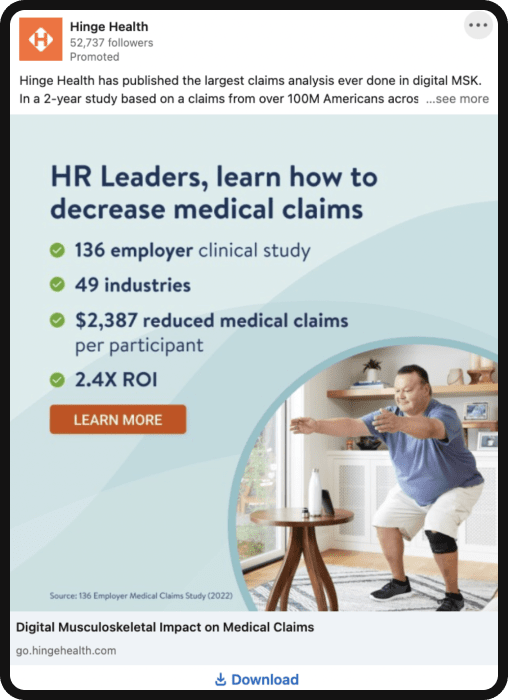
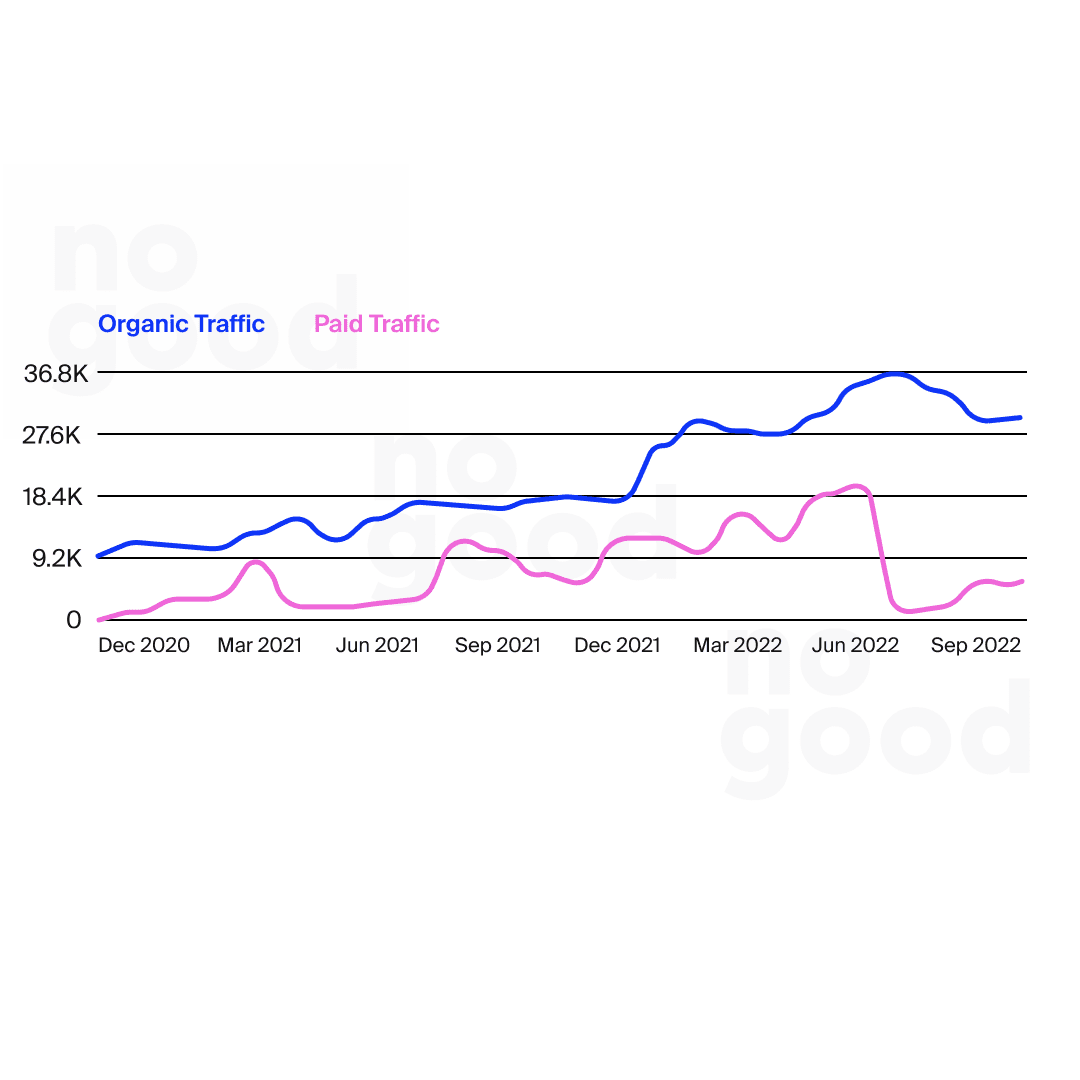
What are they doing well?
Hinge Health is a technological leader of its kind. Hinge offers a comprehensive approach to chronic pain management at home by combining wearable technology, motion capture technology and telemedicine services. Users are provided with a series of wearable devices and a tablet. Using these devices, patients perform a series of exercises and receive real-time corrections and feedback on their stretches and exercises. Hinge provides users with a personal health coach who can discuss goals and areas of support with patients.
Hinge’s technology has already enabled the company to reach a wider market. Its experience in telemedicine has enabled the company to develop HingeConnect, a must-have service that connects personal therapy with a Hinge-led clinical care team of health coaches, physical therapists and orthopedic surgeons – an advance over a team consisting only of health coaches. This allows for more targeted approaches to chronic pain management, as well as better communication with outside providers.
3. CareRev
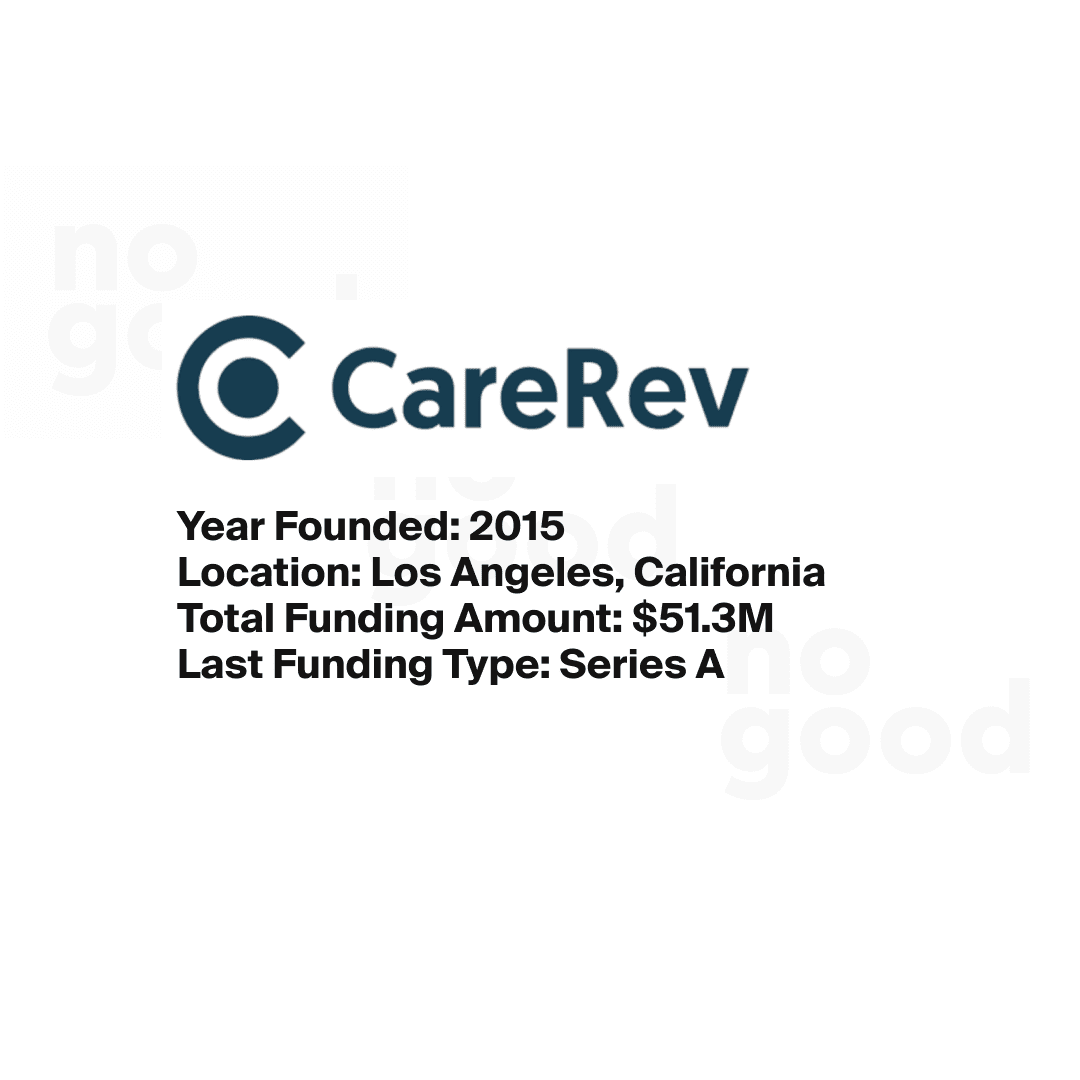
CareRev is a technology firm that collaborates with health systems, hospitals, and ambulatory centers to create a more flexible and dependable workforce. The company assists clients in lowering premium labor costs, quickly filling empty shifts, and building a dependable pool of local professionals.
CareRev employs nurses and other healthcare professionals as independent contractors rather than employees. This means that the hospital hires the nurse as a 1099 employee or “gig” worker. It also means that the nurse, not the nursing agency, owns the company. This means that the nurse is not bound by a fixed contract and is free to accept shifts that are directly advertised by the hospital. A caregiver using CareRev, for example, can work only one shift and then never again, or they can work as many shifts as they can find in her area, even at different facilities.
The app has the potential to change the entire healthcare industry because caregivers can choose which shifts they work and when. CareRev is a “win-win” situation for both healthcare facilities and caregivers looking for flexible work, as well as patients who benefit from better care.
2-Year Search Growth: +631%
% of Branded Traffic: 96%
% of Non-Branded Traffic: 4%
Mission Statement: Build a sustainable future for healthcare professionals
Value Proposition: A modern marketplace platform offering healthcare professionals the freedom to choose how and when they work, tools and training to develop their careers, and personalized growth opportunities.
Website: CareRev’s website emphasizes the importance of engaging with the brand, focusing primarily on the community of people it has built through images and videos.
Audience: Business-to-Business
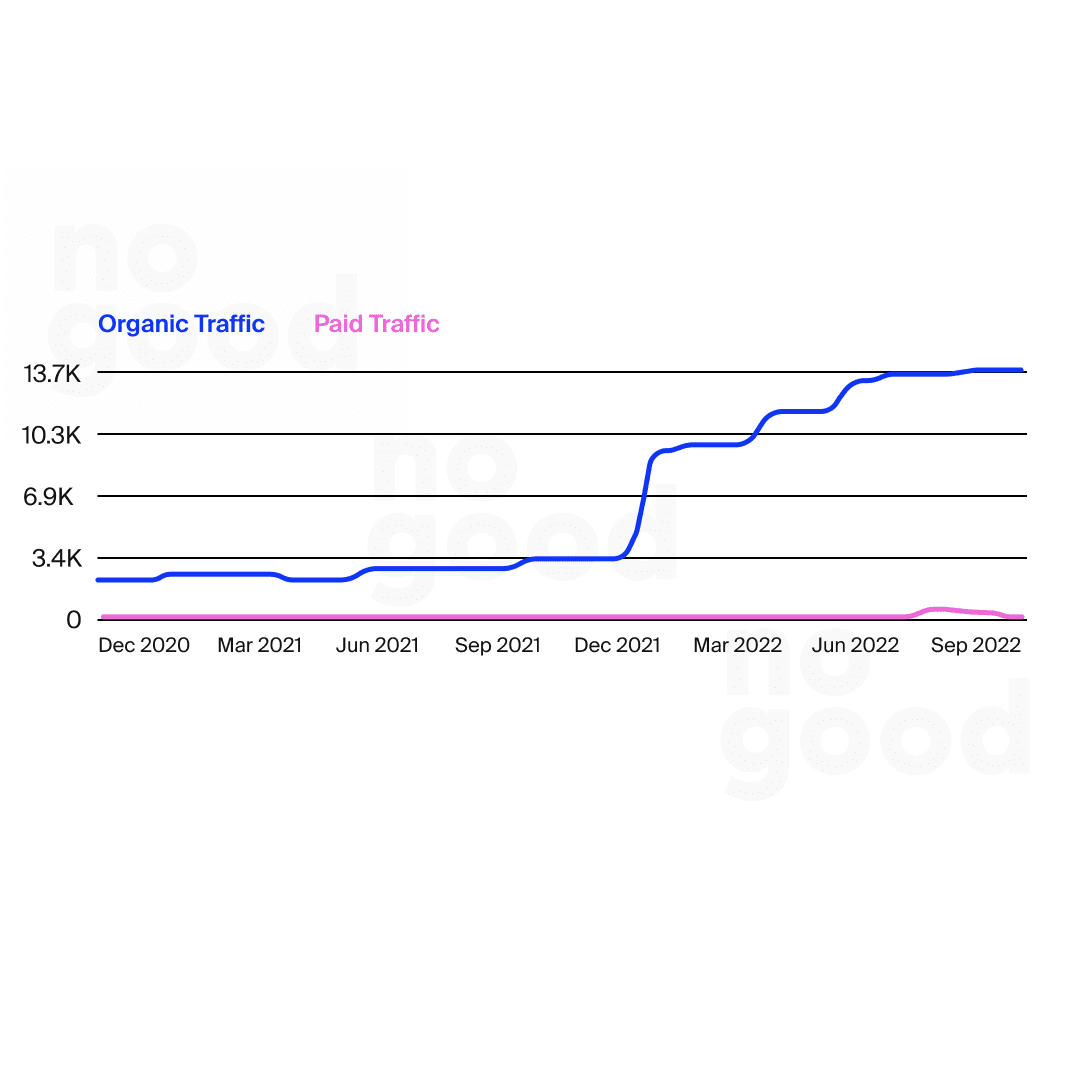
What are they doing well?
The CareRev team is creating an exceptional product to fulfill its mission of creating a sustainable future for healthcare professionals. The website and app are impeccable, and it’s clear that they’ve created a well-functioning product in addition to the brand. Product quality is critical because it impacts the success of the company and helps build its reputation in customer markets. If companies can produce high-quality products that meet customers’ needs, they can reduce production costs, increase return on investment and boost sales.
4. Tia

Carolyn Witte and Felicity Yost founded Tia in 2017 to provide a new standard of care for women in New York, Los Angeles, San Francisco, and Phoenix. Tia’s “Whole Woman, Whole Life” care model combines gynecology, primary care, mental health, and evidence-based wellness services to offer women comprehensive care. Tia sets a high standard for women’s health by empowering them to achieve optimal health on their own terms through collaborative, comprehensive, and compassionate care. This is not your typical annual exam; instead, it is a combination of primary care, a gynecological exam, and a mental health screening. It is the most convenient way to manage your health in accordance with your preferences, with the assistance of an exceptional team of doctors.
Their workflows and technology are built to foster collaboration. Their technology, like project management software, enables contextual capture, task management, and communication around their patients. Their mission is to bring together care providers who work in very different ways in order to gain important insights about our patients collaboratively, influence each other’s perspectives, and tactically advance a patient’s treatment plan.
2-Year Search Growth: +583%
% of Branded Traffic: 35%
% of Non-Branded Traffic: 65%
Mission Statement: Enable every person to achieve their own definition of optimal health through science-backed information, access to high-quality care, and community.
Value Proposition: The new paradigm for modern female healthcare — including gynecology services, STI (aka STD testing,) primary care, annual physicals, and more.
Website: Tia takes an educational approach on its website. They include a lot of information about their services, increasing brand awareness. They include social proof, FAQs, and other trust-building elements that increase users’ confidence in the company.
Audience: Business-to-Business & Business-to-Consumer
What are they doing well?
Tia’s social presence embodies the tone of the brand in several ways. First, the language used across all platforms is clear, warm, empathetic, and supportive, making audiences feel like they are part of the Tia community. In particular, the TikTok presence clearly serves to welcome visitors into the community and offer advice on their needs. The brand also highlights the faces of its employees, adding a human touch to a brand that could quickly come across as cold or overly clinical despite its direct connection to human well-being.
@ask_tia Happy one-year anniversary to our Phoenix, AZ clinic! 🎉 #womenshealth #fyp #arizona #HavaianasLivreDeCliches ♬ BORN FOR THIS – Foxxi
@ask_tia Five days of free guided meditation? Yes please. Tia members: reserve your spot at the link in bio! Not a member? Checkout asktia.com ✨ #meditation #meditation101 #fyp ♬ Storytelling – Adriel
@ask_tia Doors are officially open at Tia’s second NYC clinic. Here’s a quick tour of Tia Soho with our CEO & Co-Founder, Carolyn Witte. #health #nyc #fyp ♬ original sound – Tia — Care for the whole you
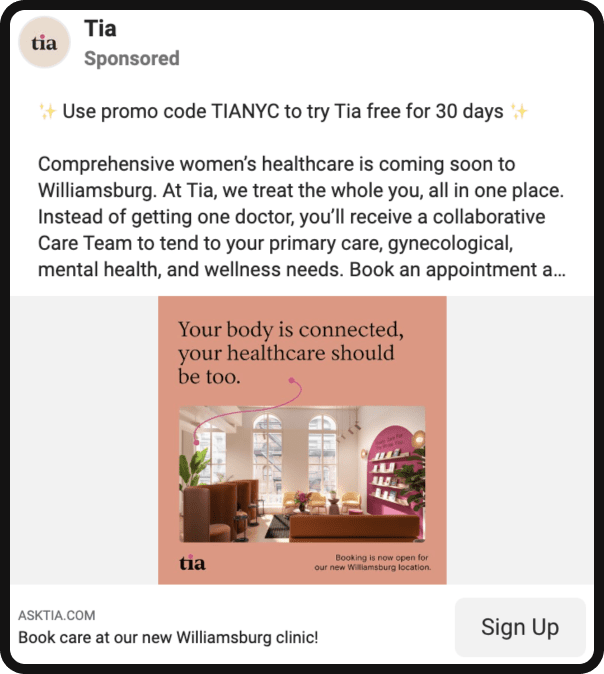
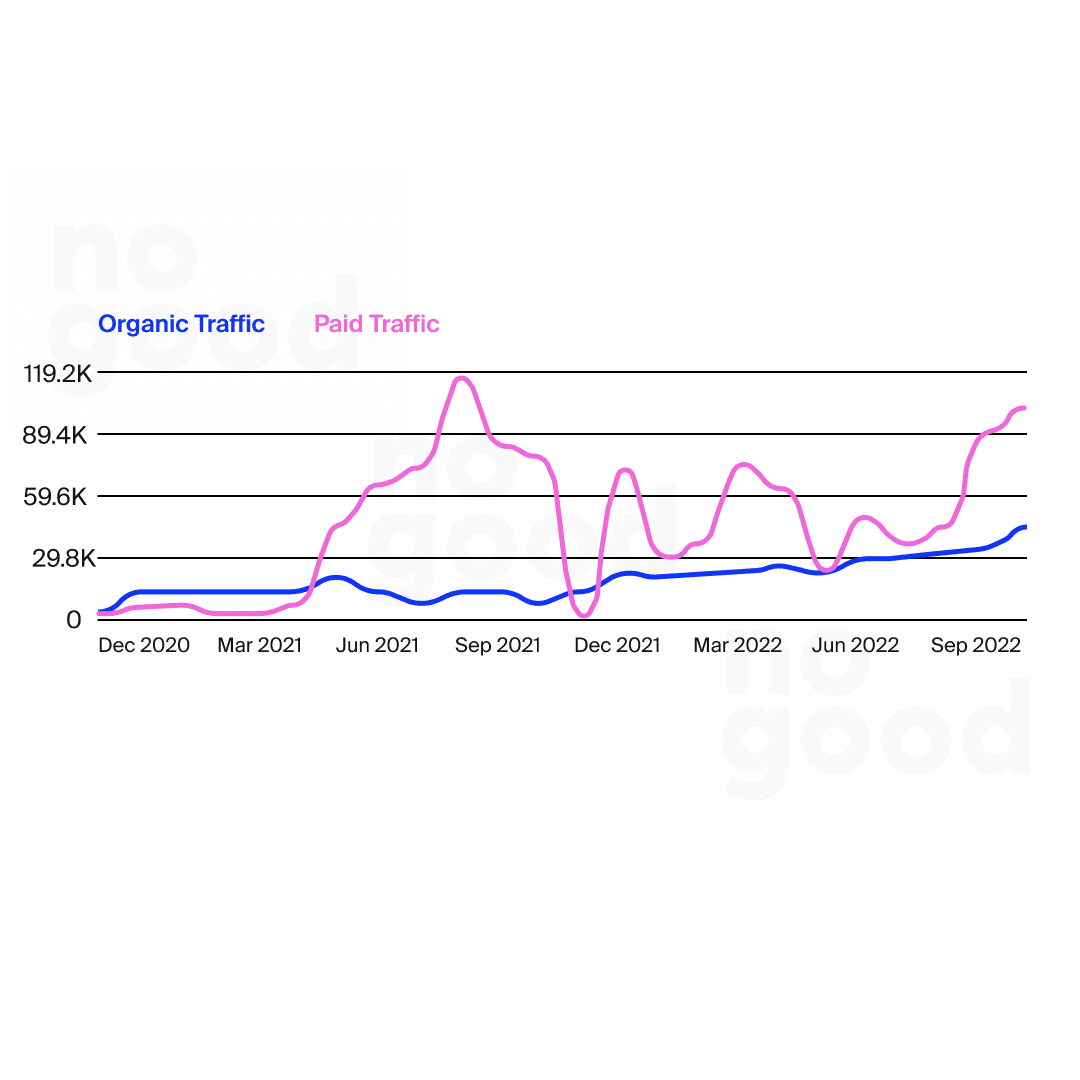
5. Cedar

Year Founded: 2016
Location: New York, New York
Total Funding Amount: $351M
Last Funding Type: Series D
Cedar’s mission is to make it easy and affordable for everyone to get the services they require. Cedar’s financial technology platform is powered by advanced intelligence to address many of the underlying issues that contribute to poor consumer financial experiences and administrative waste in healthcare, radically transforming the healthcare financial experience for all.
Cedar, founded in 2016, provides a smarter, more efficient way for hospitals, health systems, and medical groups to manage the patient payment ecosystem, create a streamlined financial experience, and dramatically improve billing operations.
2-Year Search Growth: +116%
% of Branded Traffic: 25%
% of Non-Branded Traffic: 75%
Mission Statement: Make healthcare more affordable and accessible.
Value Proposition: Offer patient-personalized medical billing and is focused on eliminating pain points around confusing, difficult billing and administrative processes.
Website: Cedar uses social proof by embedding testimonials and customer logos across their website. They also include a lot of lead magnets like white papers, case studies and more.
Audience: Business-to-Business
What are they doing well?
Organic website traffic is boosted by content marketing. When it comes to continuous SEO and generating website traffic, the most important thing after a well-built website is probably a content marketing strategy. In this case, even though the word “cedar” refers to an Old-World genus of coniferous trees, we see Cedar’s website shows up at #1 in search engine results. This is the result of a strong SEO strategy that the team consistently works on to maintain the website’s position in the results.
Many people associate content marketing with blog posts. Although long blog posts are an extremely effective form of content marketing, they are far from the only type of content a company can create. In fact, there are over 100 different types of content, and a good mix is most effective because each has its own benefits and level of engagement.
“Wouldn’t paid advertising drive more traffic to my website?” you may wonder. It seems that generating visitors through content creation will be a long and difficult battle. Compared to traditional marketing, content marketing costs 62% less and generates about three times as many leads. In short, businesses need to invest in consistent and well-documented content marketing strategies.
